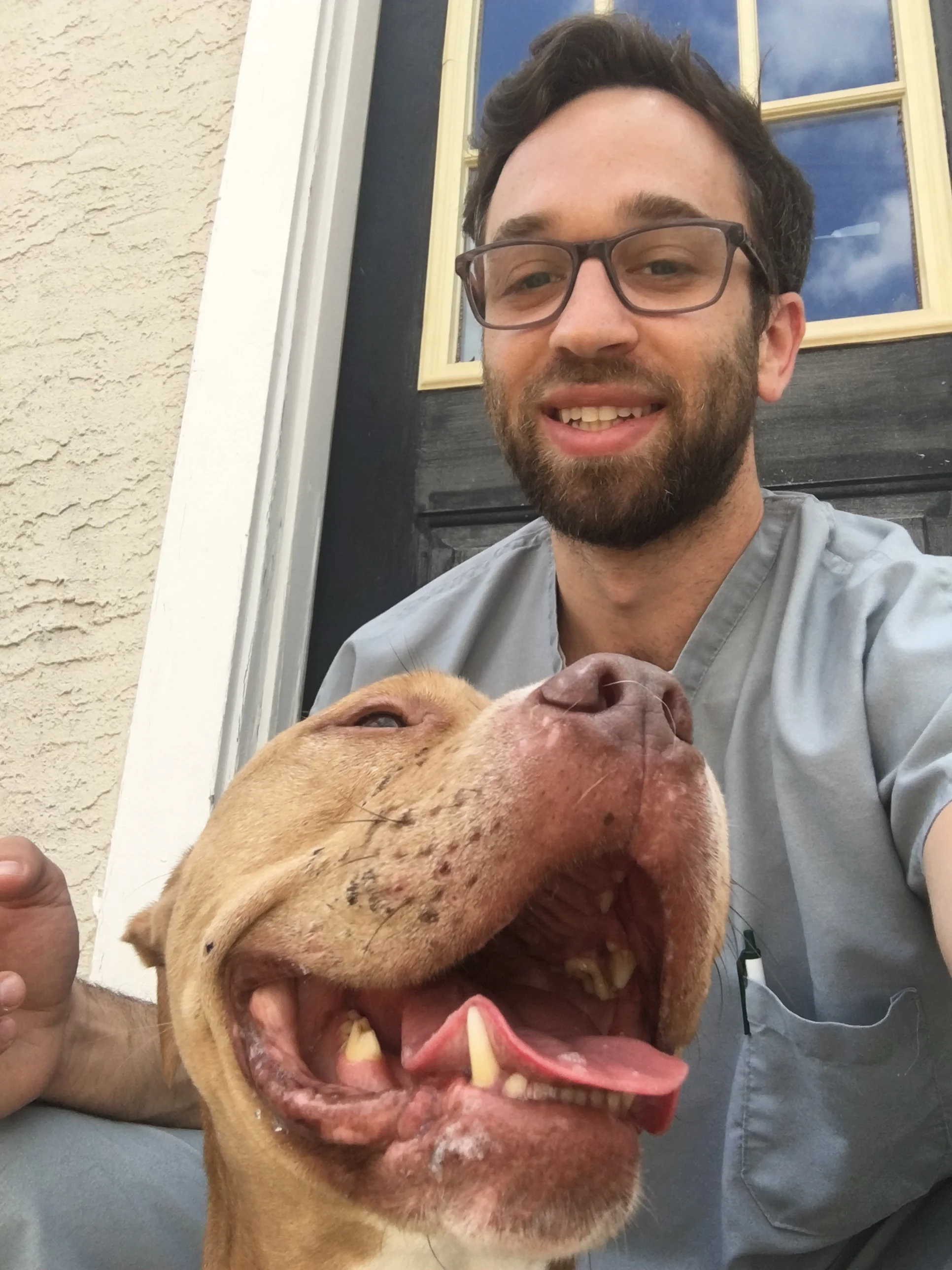Are you poisoning your pet without knowing it? Do you know what treats are toxic to your pets? Are there household items safe in humans that can cause harm to your loved ones? Read below to find out!
Garlic/garlic - Garlic and onions belong to the Allium family and garlic is about 5 times as potent as onions. The basic pathophysiology of this toxicity is metabolites of onions or garlic bind the red blood cells causing them to rupture. Cats are more sensitive to garlic and onions than dogs and certain dog breeds tend to have a more severe reaction. The most common clinical signs are related to the gastrointestinal tract and include nausea, hypersalivation, vomiting, diarrhea, and a painful abdomen. More severe signs include pale gums, collapse, and weakness. Treatment for garlic and onion toxicity is largely supportive. While there is no definitive treatment, your veterinarian will help support your pets body while it clears the toxins.
Grapes/Raisins - Grape and raisin ingestion can cause kidney failure in dogs. There have been no studies to date that have determined the causative agent in grapes that lead to kidney failure. Even though some owners report feeding their dogs grapes with no consequences it is not recommended. After ingestion, clinical signs typically begin with 6-12 hours and include increased thirst, abdominal pain and lethargy. Those dogs who are affected develop kidney failure in 1-3 days and most do not survive. Treatment includes inducing vomiting to remove ingested grapes from the stomach and treating supportively with intravenous fluids and gastrointestinal protectants in the hospital for 2-3 days. For those dogs who are severely affected hemodialysis at a tertiary referral center may be an option.
Xylitol - Xylitol is an artificial sweetener used to sweeten baked goods, breath mints and candy. In humans it has little effect on the body but in dogs it causes an insulin spike and subsequent hypoglycemia. Dogs who ingest large quantities may also have liver dysfunction. Clinical signs associated with hypoglycemia include lethargy, shaking/trembling, collapse and seizures and occur as quickly as 30 minutes after ingestion and up to 24 hours later in some reports. Initial goals of treatment are to remove any undigested xylitol from the body by inducing vomiting. The remainder of treatment is supportive and includes intravenous blood sugar, fluids, gastrointestinal support and liver protectants depending on the dose. The prognosis depends on the amount of xylitol ingested and access to a veterinary hospital that can provide aggressive treatment.
Macadamia Nuts - The exact cause of toxicity from macadamia nuts is unknown but it causes weakness, vomiting, lethargy, tremors, ataxia, and hyperthermia. Diagnosis is based on history and clinical signs. Treatment includes inducing vomiting in an attempt to remove the toxin, activated charcoal to prevent absorption of the toxin and supportive care with intravenous fluids and antipyretics.
Raw Meat - Raw and undercooked meat can contain Salmonella and E.coli that can be harmful to pets and humans. These bacteria can cause significant gastrointestinal disease in animals, including intractable vomiting and diarrhea.. Pets may then shed these bacteria into the environment predisposing humans to infection. In a home with young children, eldery family members or people who are immunocompromised it is best to avoid raw meat at all costs.
Dr. Pete Lands is the Director of Emergency and Critical Care at Saint Francis Veterinary Center. In his time off he enjoys traveling, jogging, and gardening. He can be followed on instagram @petevet, his website petespetfacts.com, and emailed at petespetfacts@gmail.com.
















